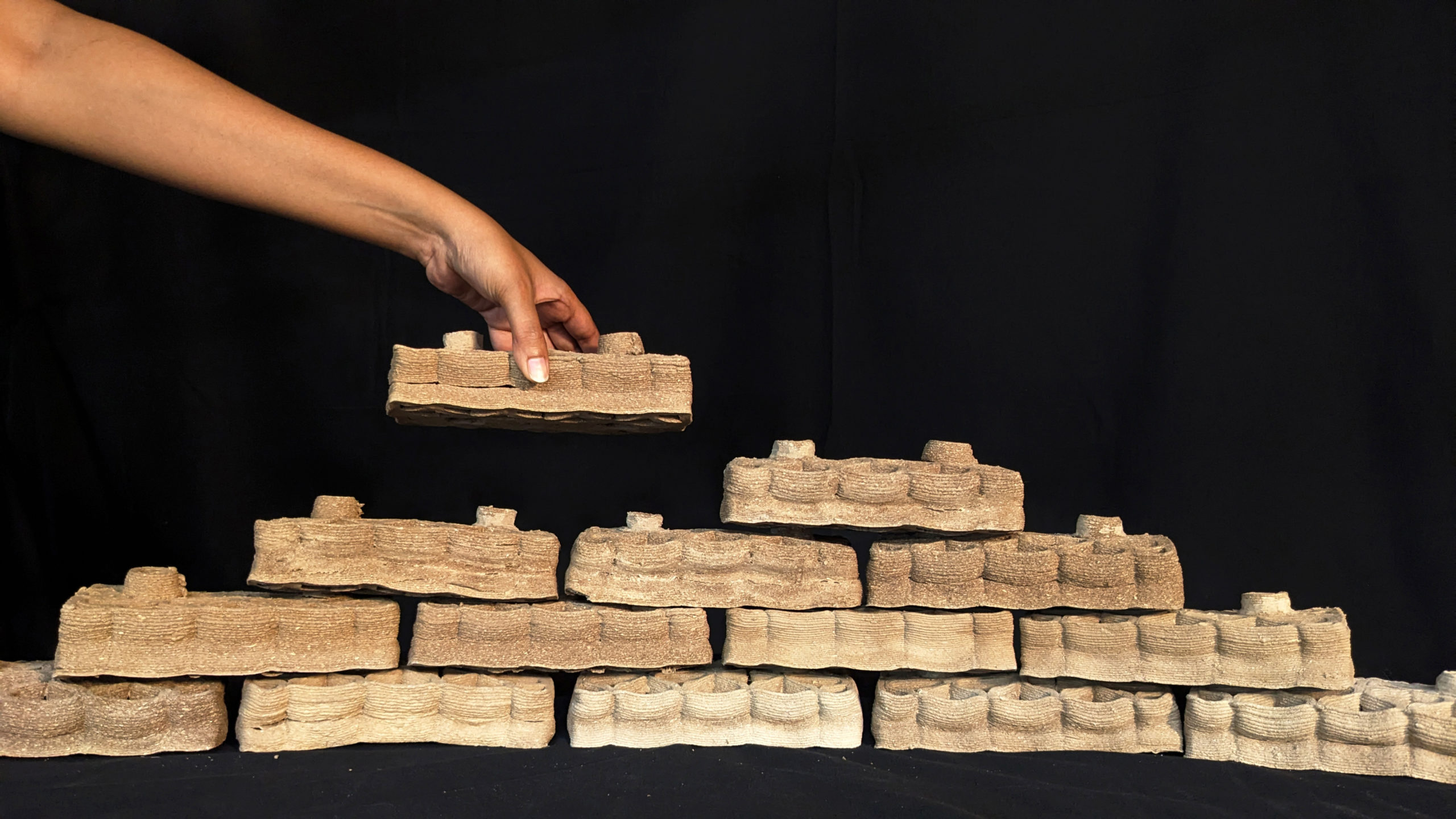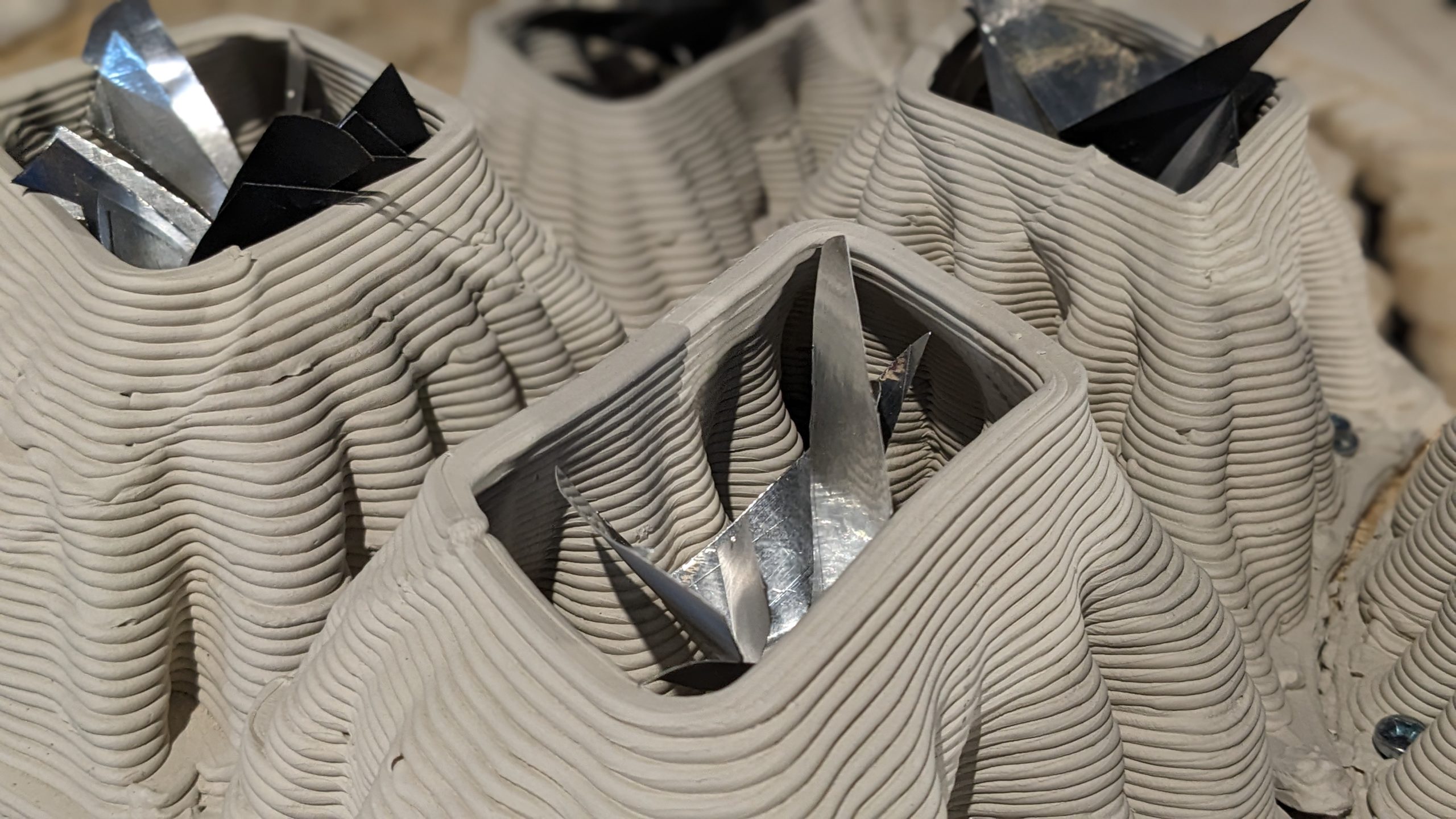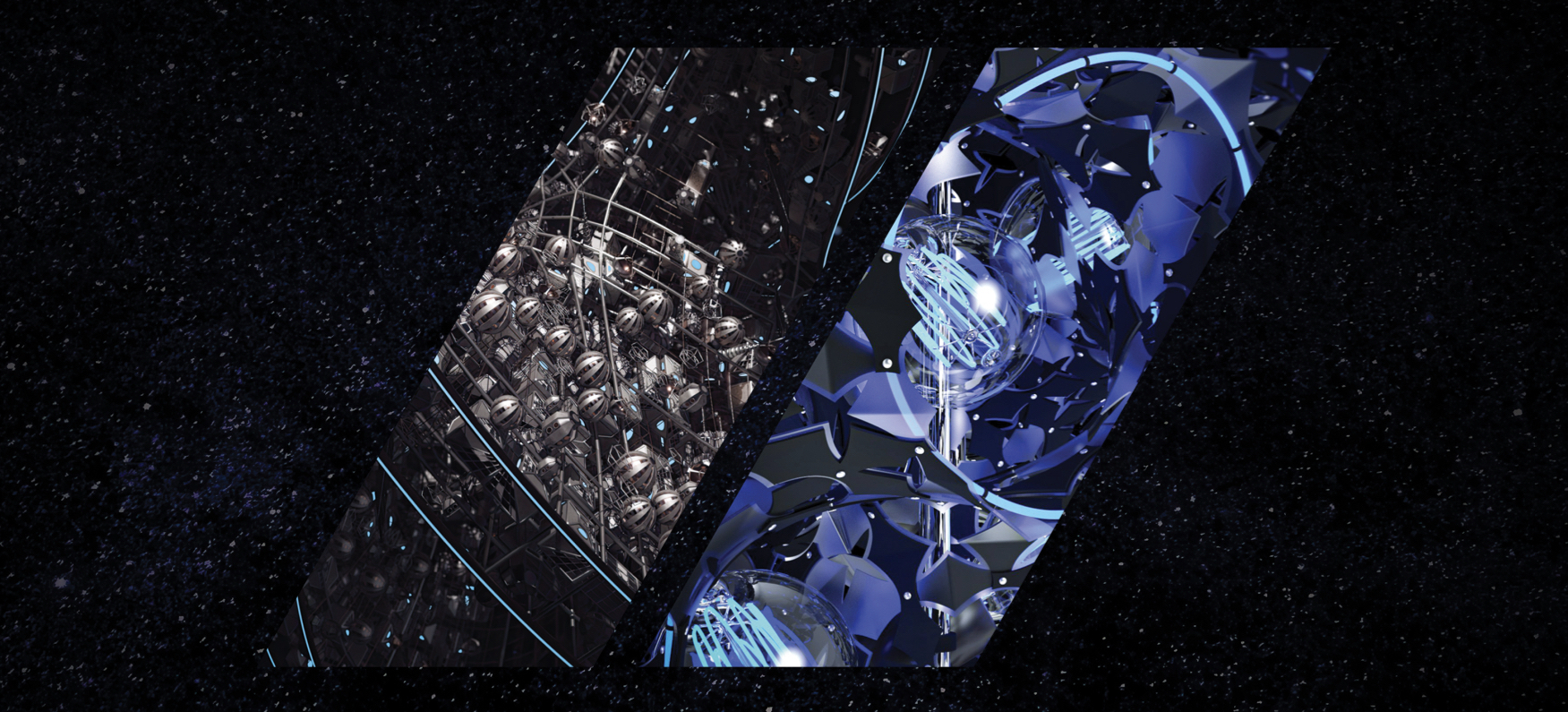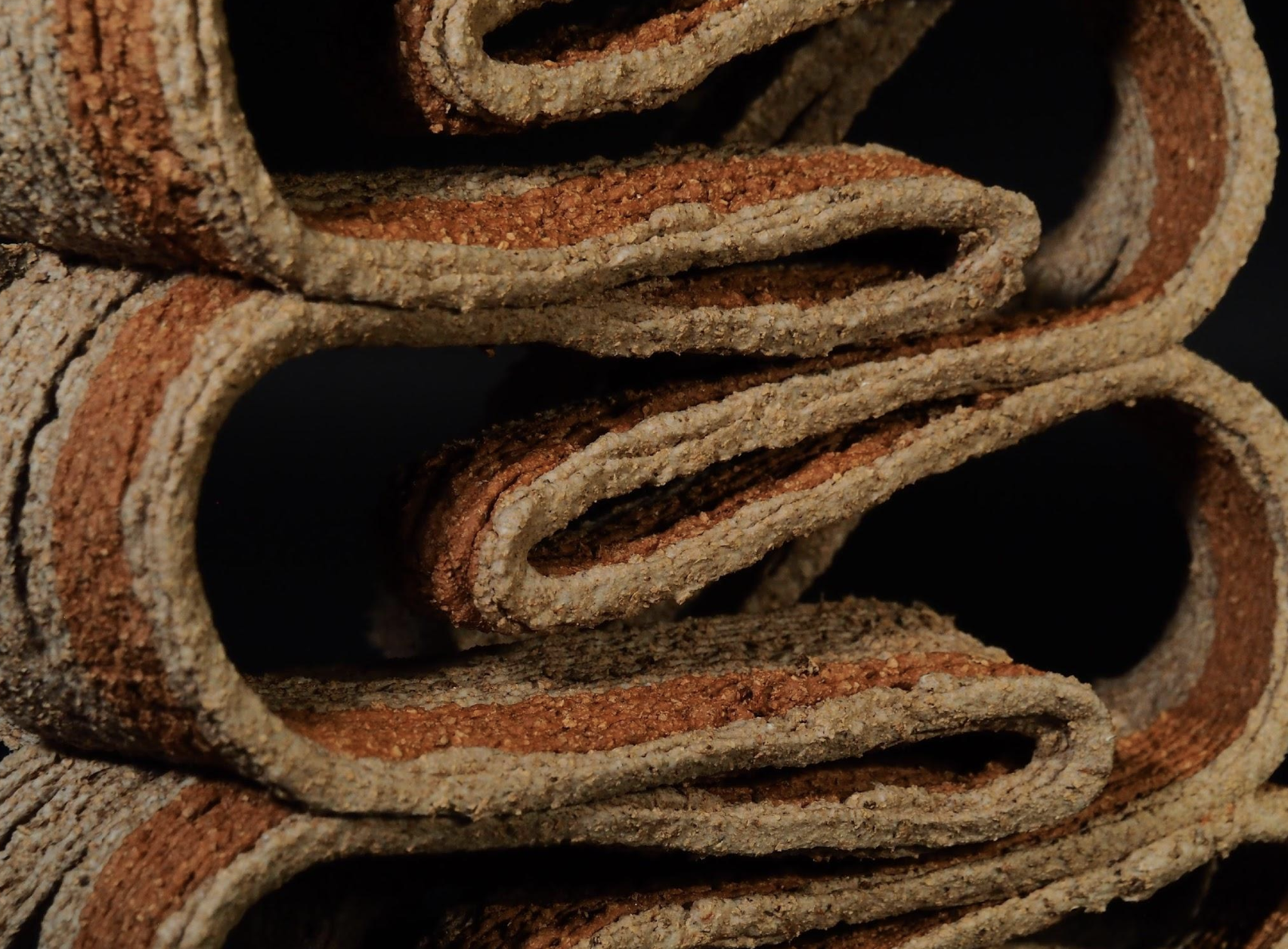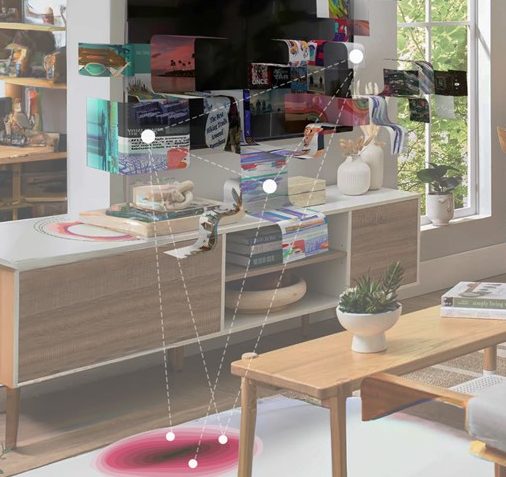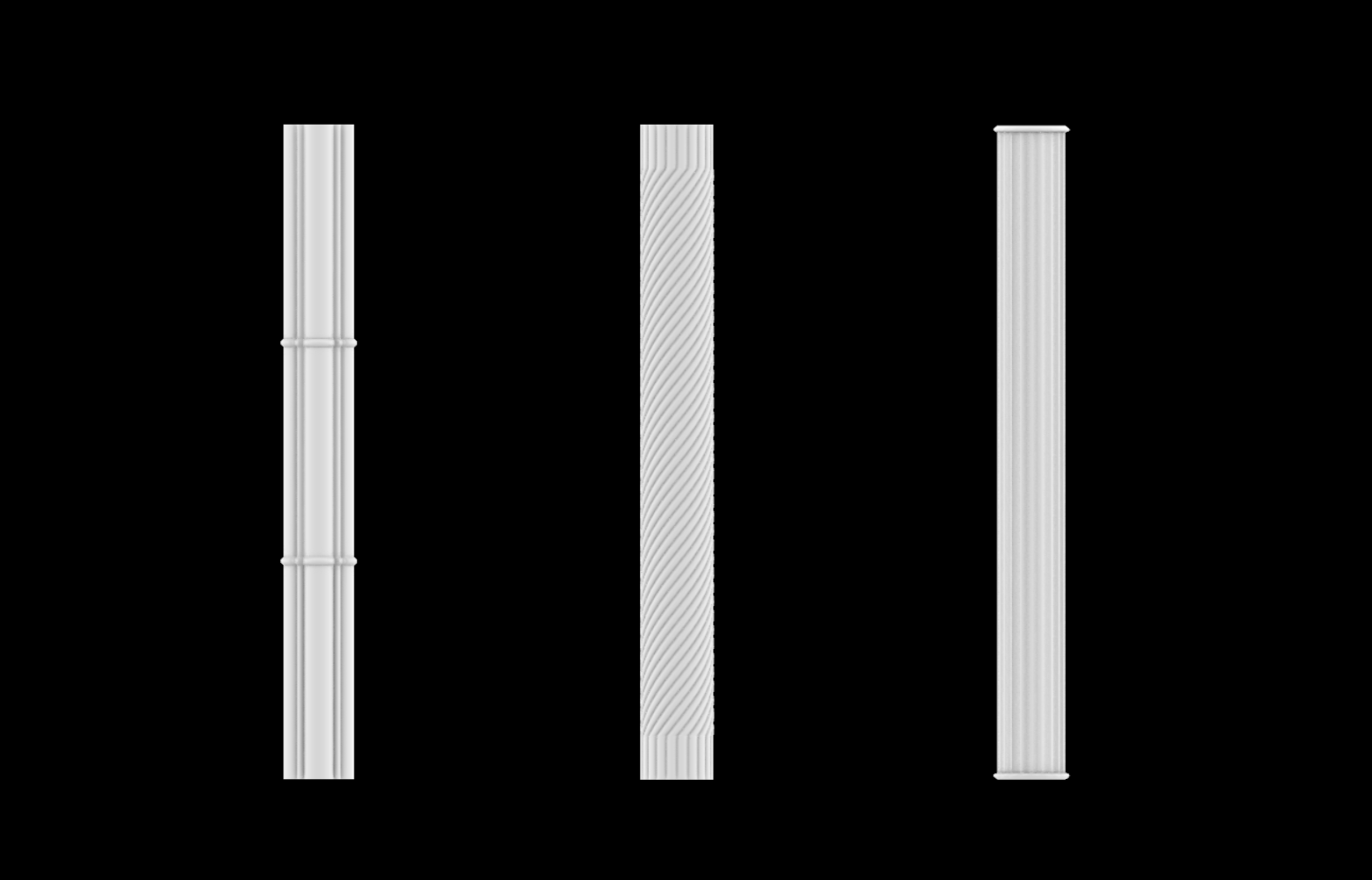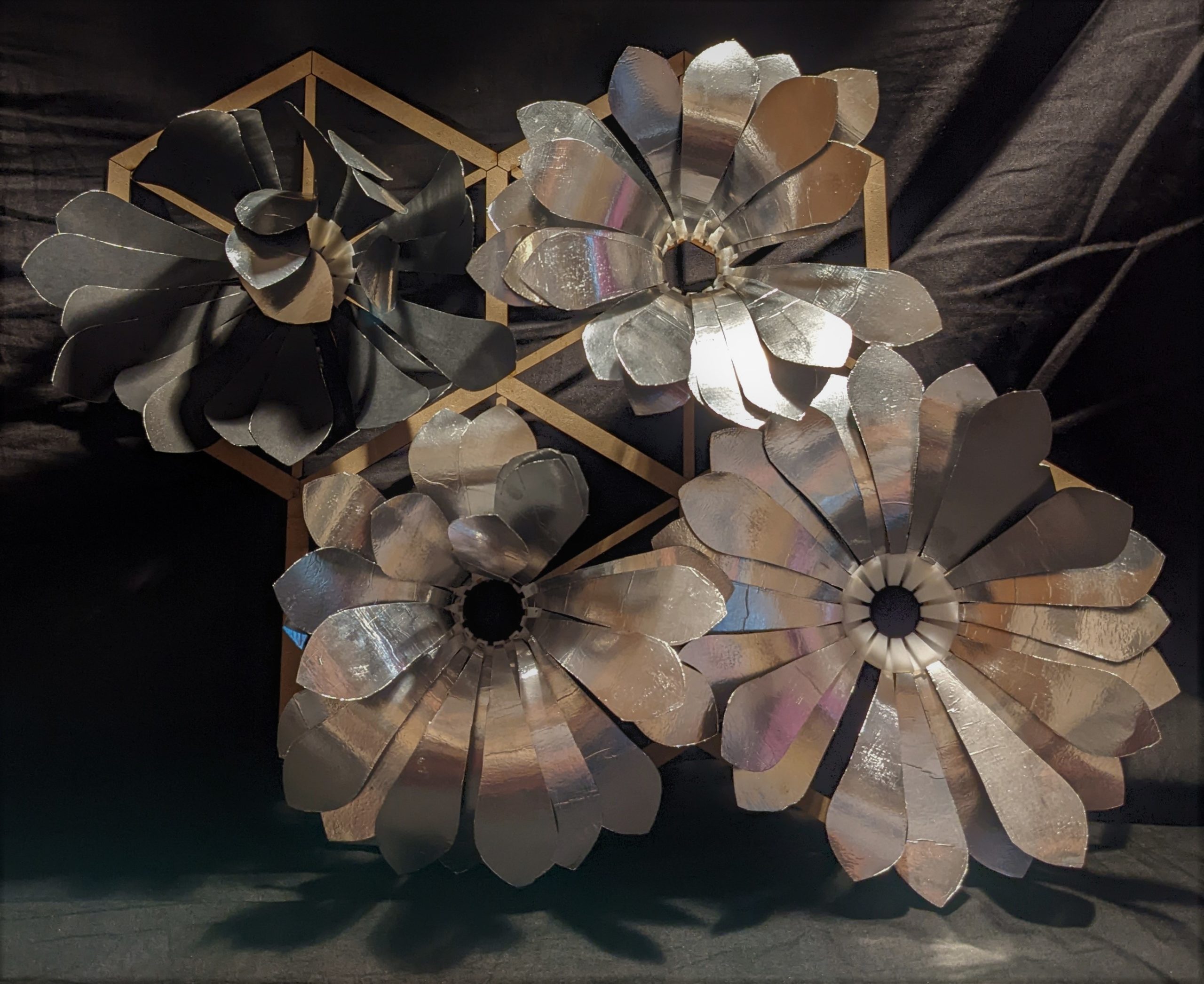EcoBrickscape
THESIS STATEMENT The objective of this thesis is to investigate the use of sawdust based biocomposite materials in the additive manufacturing of interlocking bricks. EcoBrickscape aims to develop a workflow that facilitates the generation of customizable shapes and infill designs that are optimal for interlocking and aggregating, enabling efficient fabrication and assembly. The study also … Read more

